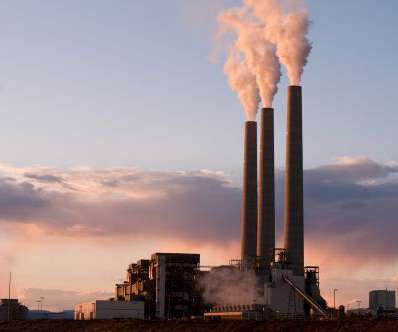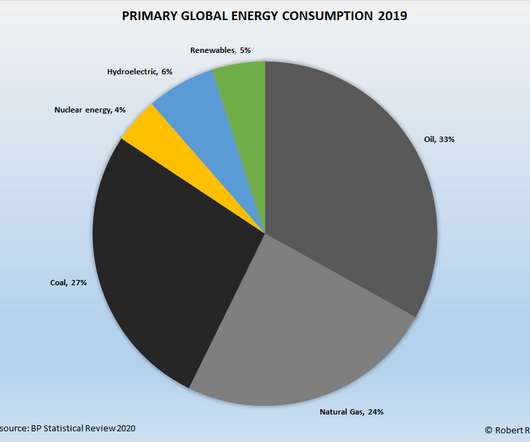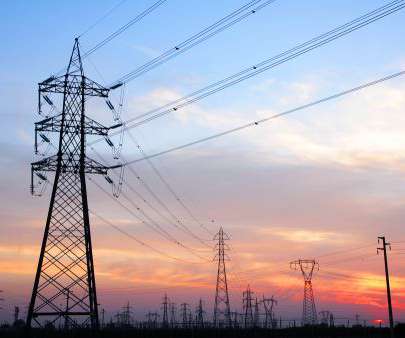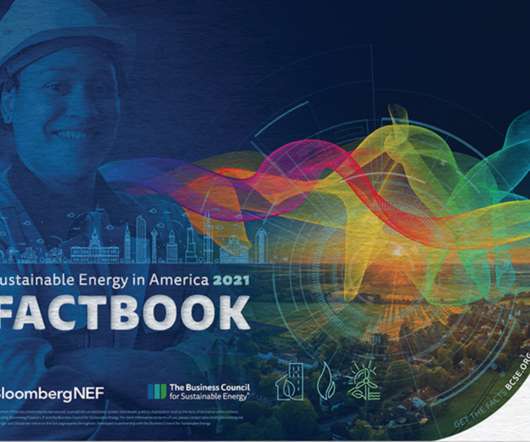New Report Shows Gap Between Utility Carbon Pledges and Climate Change Imperatives
GreenTechMedia
JANUARY 26, 2021
utilities have promised to eliminate their carbon emissions by midcentury. utilities are on track to reduce carbon dioxide emissions by 80 percent by 2030 compared to a 2005 baseline, the target needed to prevent global warming beyond 1.5 Most of the biggest U.S. A new report from the Sierra Club finds that almost no U.S.




















Let's personalize your content